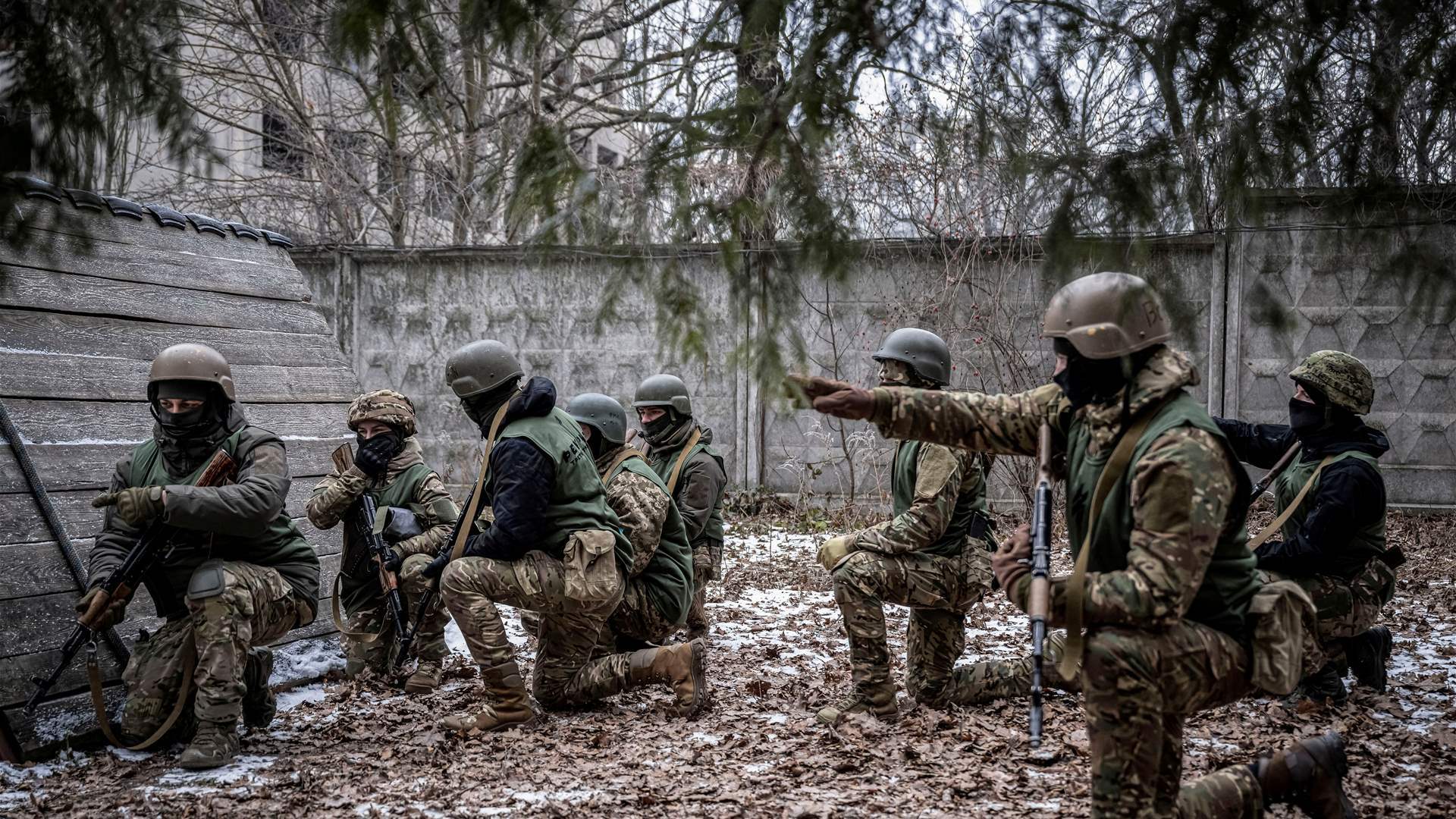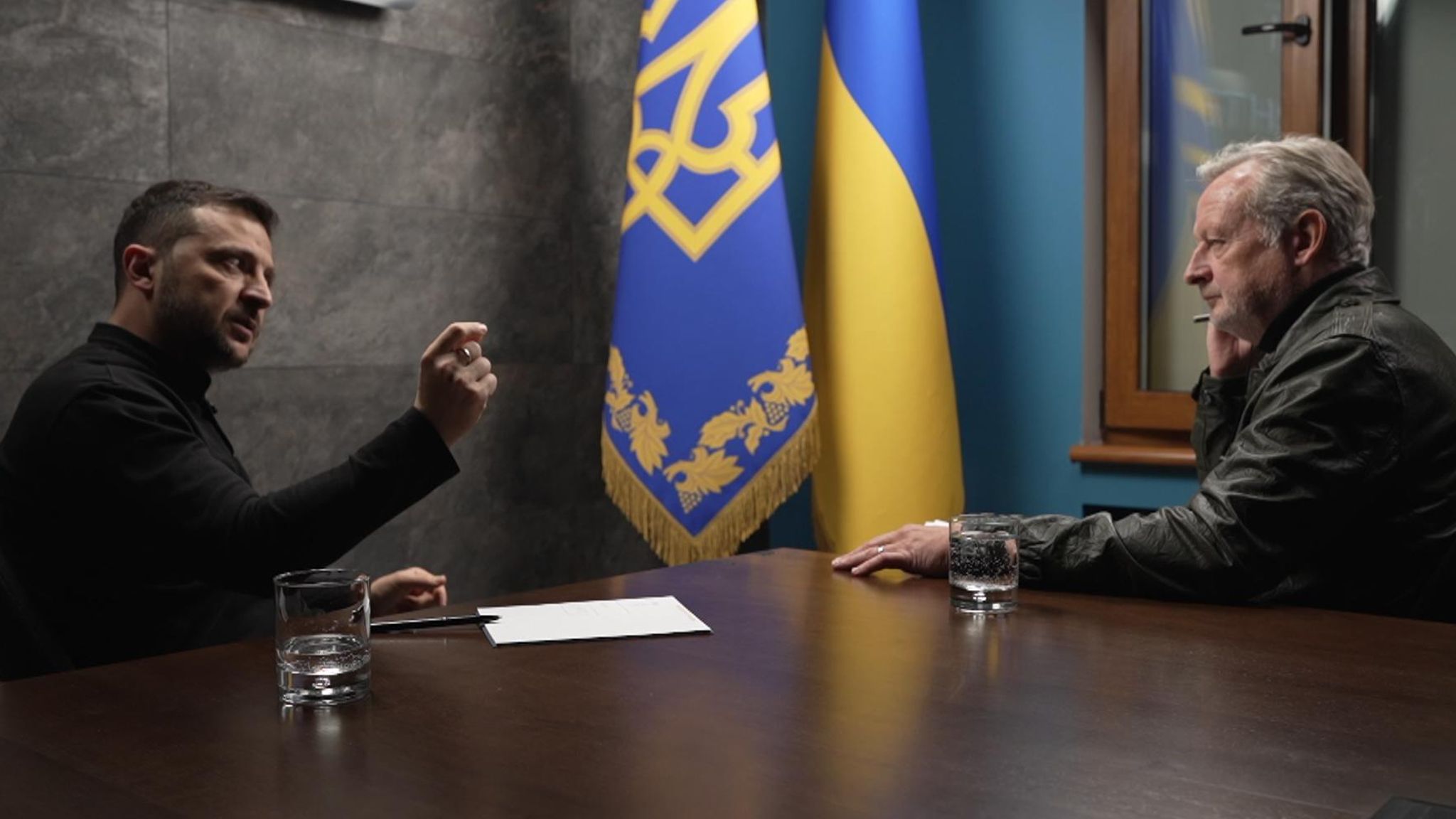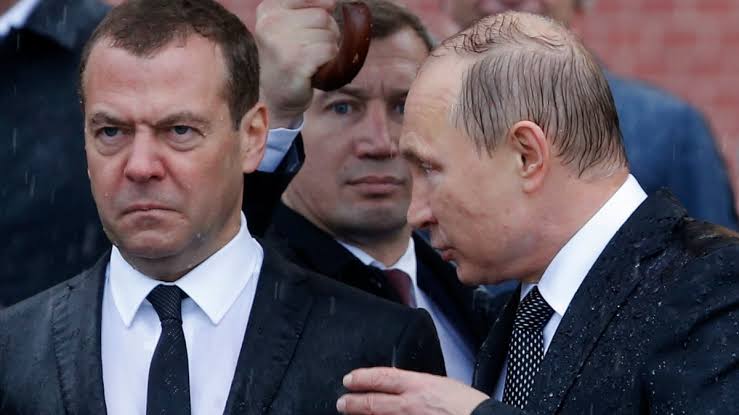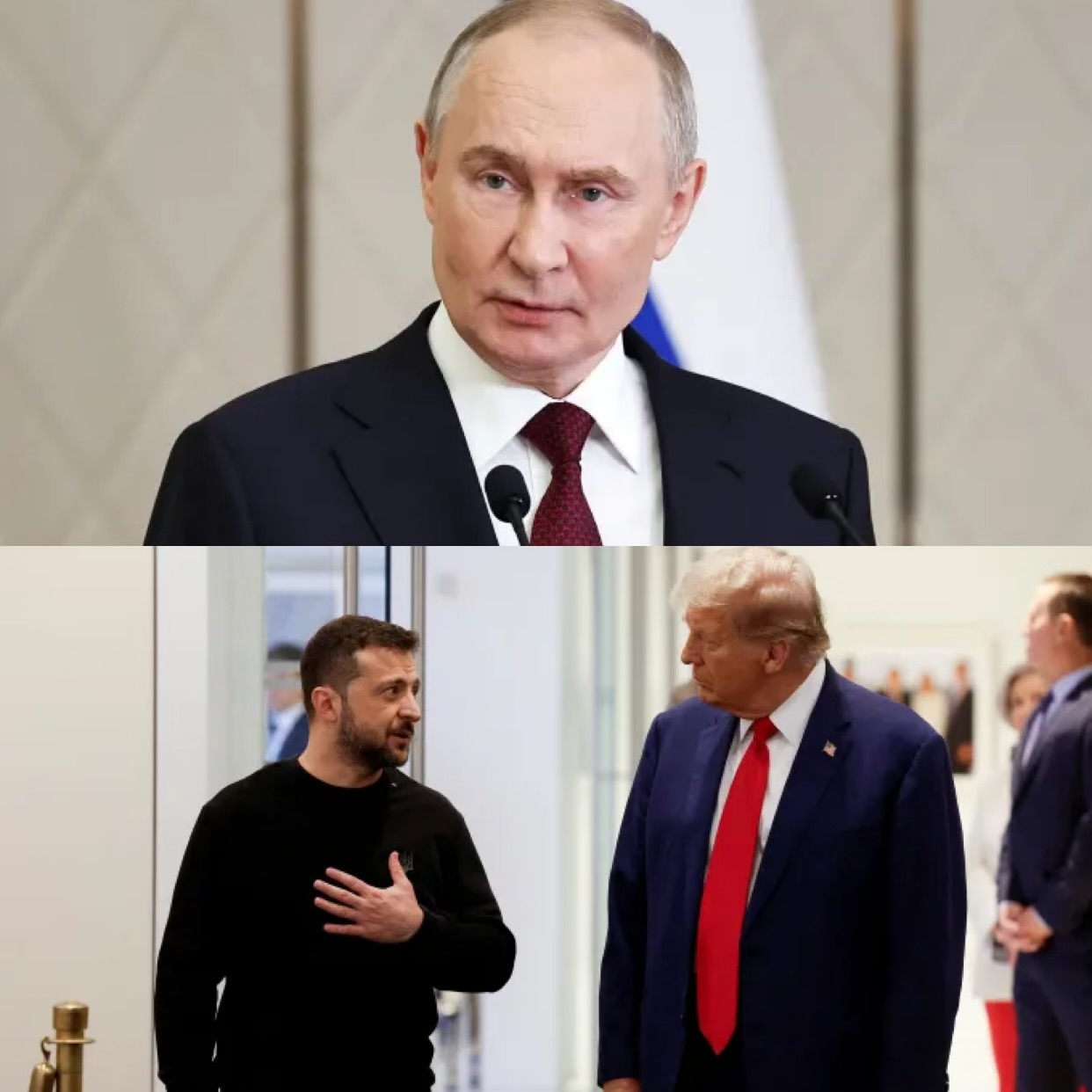
[ad_1]

A senior U.S. administration official has urged Ukraine to lower its minimum age for military service from 25 to 18, stressing the need for increased manpower as Russian forces make significant gains in the ongoing war. Speaking to reporters on Wednesday, the official highlighted concerns about Ukraine’s ability to replace battlefield losses, noting that current recruitment and training efforts are insufficient to sustain the fight.
“The need right now is manpower,” the official said, adding that Russian forces are steadily advancing in the eastern region and have begun pushing back Ukrainian lines near Kursk. “Mobilization and more manpower could make a significant difference at this time as we look at the battlefield today.”
Reports from analysts and war bloggers suggest Russian forces are achieving their fastest territorial gains since the early months of the invasion in 2022, capturing areas equivalent to half the size of London in the past month.
In April, Ukrainian President Volodymyr Zelenskiy signed legislation reducing the mobilization age from 27 to 25, thereby expanding the pool of civilians eligible for combat under martial law. However, U.S. officials argue that further reductions are needed to address the immediate manpower shortfall.
The suggestion to lower the recruitment age has sparked political challenges for Zelenskiy’s government. A source in the president’s office noted that Ukraine already struggles to equip its current mobilization efforts, citing shortages of armored vehicles and other critical supplies. “We cannot compensate for our partners’ delays in decision-making and supply chains with the lives of our soldiers and of the youngest of our guys,” the source stated.
Germany has reportedly echoed calls for a reduction in conscription age, with a German defense ministry source confirming that Berlin has urged Kyiv to consider such a move. Meanwhile, Ukraine is exploring non-mandatory recruitment drives offering incentives to encourage younger citizens to enlist voluntarily.
While the Biden administration remains committed to supporting Ukraine with extensive military aid—including artillery rounds, rockets, vehicles, and air defense systems—U.S. officials have emphasized that shortages of ammunition and equipment are not Ukraine’s most pressing challenge. “They now have healthy stockpiles of the vital tools, munitions, and weapons that they need to succeed on the battlefield,” the U.S. official explained. “Without a pipeline of new troops, the existing units fighting heroically on the front lines cannot rotate out to rest, refit, train, and reequip.”
This push for increased Ukrainian mobilization comes as the geopolitical landscape shifts with the imminent inauguration of U.S. President-elect Donald Trump in January. Trump has signaled potential changes in U.S. policy on Ukraine, appointing retired Lt. Gen. Keith Kellogg as a special envoy to explore a resolution to the conflict.
With Russia’s continued advances and mounting domestic pressures, Ukraine faces difficult decisions on how to sustain its defense while managing the human and political costs of an expanded mobilization effort.
[ad_2]








